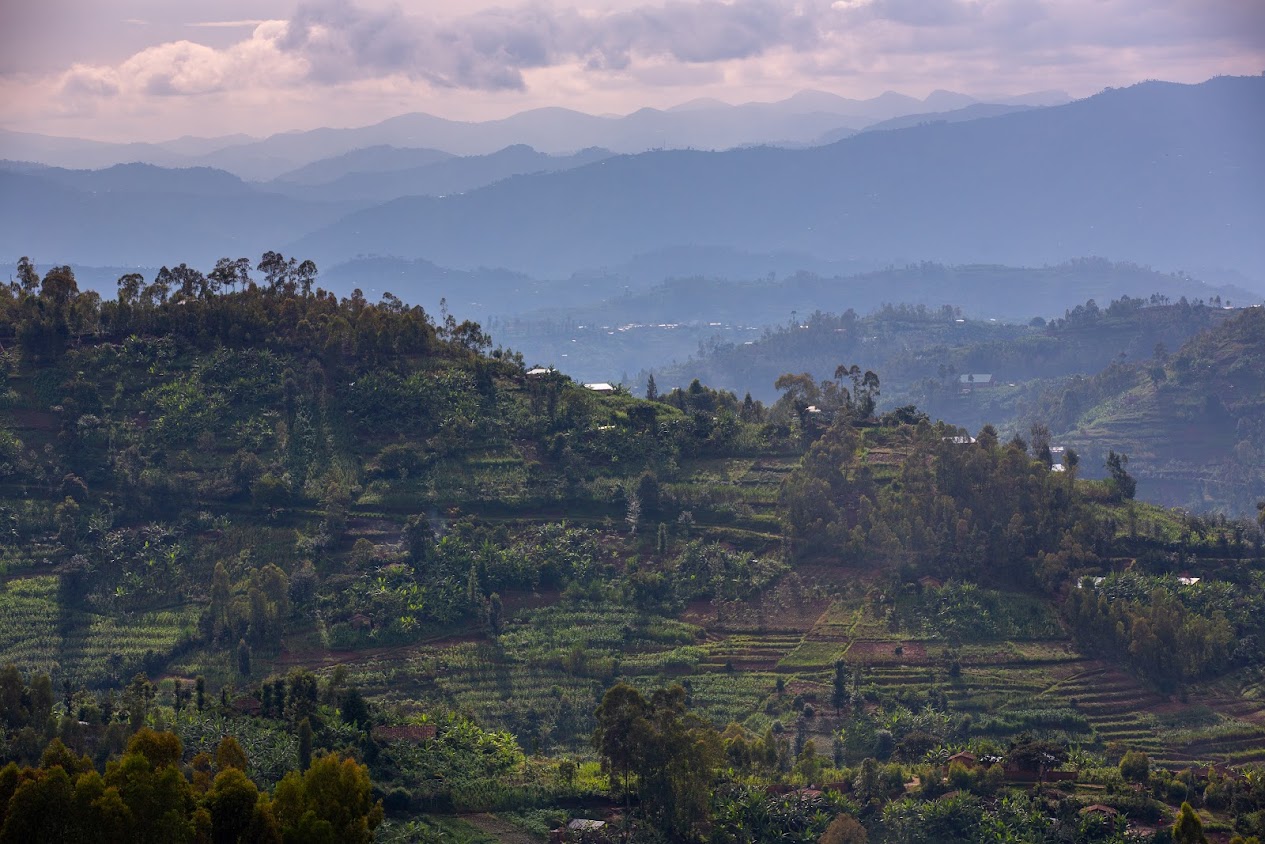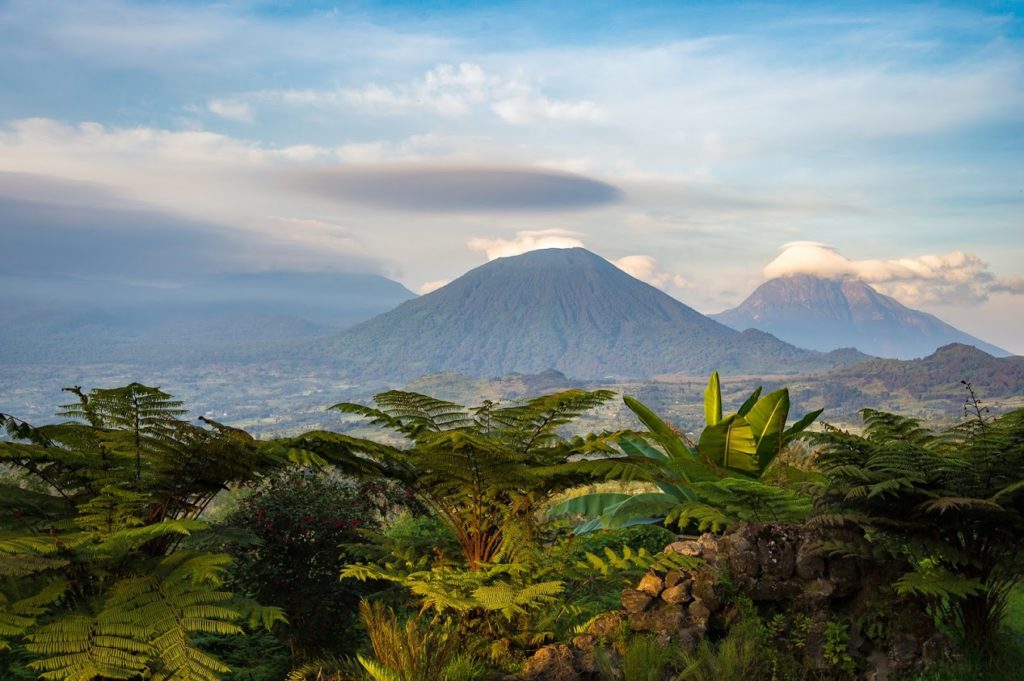
The Dark Tale of Rwanda
Rwanda is a country, like most, with a history intertwined with war, politics, scandals and cultural evolution over the generations. However, the country faced its darkest moments 27 years ago during the harrowing ordeal of the Rwandan genocide. Throughout Rwandan history, divisions between the Hutu and Tutsi people were less focused on cultural origins, rather on social and economic status. This changed during the colonial rule of Rwanda, when western countries took an active role in the forced separation of these groups.
This move by the west created the perfect storm that would break out into civil war and genocide. The sequence of modern events that led to the 1994 genocide are well understood, but to what extent does the history of Rwanda contribute to the massacre? The history of the Tutsi and Hutu groups tell a dark tale of a gradual takeover of power and bloody rebellion.
Early Rwanda
The land we know as modern day Rwanda has been populated as far back as the neolithic age, potentially longer. Out of all the early settlers, the first to settle were hunter-gatherers (pygmies) who later became known as the Twa. Between the 7th – 10th centuries a new wave of immigrants, the Hutu, arrived from central Africa. They brought with them new agricultural knowledge and farming techniques. The final big wave of migration to Rwanda came between the 14th – 15th century with the arrival of the Tutsi, a pastoral people who specialised in cattle.
The early years of Rwanda were a time of fluid population movement, intermarriage and cooperation between the different peoples until very little distinguished them from their origins. They shared languages, cultural practices and religion however, they kept their distinctive production practices first introduced by their ancestors. Daily life slowly began to change and the smaller Tutsi groups started to monopolise their positions to take power and control of the land.
The Kingdom of Rwanda and Colonial Rule
By the 16th century Rwanda had integrated numerous small chiefdoms together to form a centralised kingdom. A Mwani (king) became head of the state and a hierarchical system (ubuhake) was formed with Tutsi in higher positions of power and a Hutu labour force. Over the following 200 years, the kingdom of Rwanda expanded its territories until the borders started to resemble the modern day country we see today. Unfortunately, the course of the country would be drastically altered in 1884-85 from powers far in the west.
The Berlin Conference in 1884-85 decided (without any input from the Rwandan people) to incorporate the kingdom of Rwanda into the German Empire and the first Europeans to set foot in the country came in the early 1890s. Under German indirect rule, the Hutu and the Tutsi faced little social reorganisation and internal discontent soon began to grow. The general population, primarily of Hutu descent, directed their anger towards the Tutsi nobility benefiting from colonial rule rather than the German overseers.
Post World War One, Rwanda was handed over to the Belgian Empire, a decision that would have disastrous consequences for the Rwandan people. The Belgians were more directly involved in the running of this oversea colony and brought in policies to indoctrinate the next generation.
The Belgians pushed a segregation policy that permanently turned Hutu and Tutsi identities into a racial distinction. Previously, people’s identities could interchange depending on their social status and economic position, but with the enforcement of fixed categorisation the population were now born as either one or the other.
With the increased privileges, education and reinforcement that the Tutsi were better people than the Hutu, racial tensions were reaching a boiling point.

